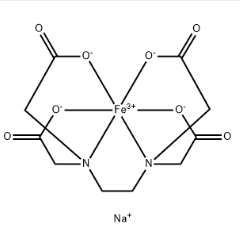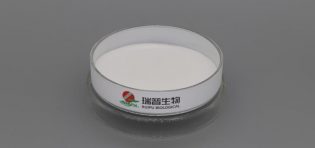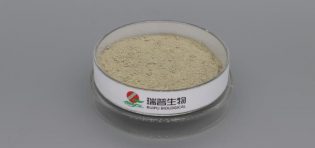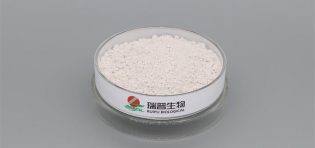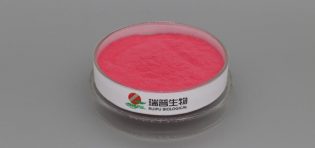
Copper gluconate is typically packaged and stored in containers that provide protection against moisture, contamination, and physical damage.
HDPE containers are commonly used for storing copper gluconate powder or granules.HDPE is a durable and chemically resistant material that helps prevent moisture absorption and protects the product from external contaminants.
Copper gluconate powder or granules may be packed in aluminum foil bags.These bags provide an excellent barrier against moisture, light, and air, helping to preserve the product's quality and stability.
Copper gluconate powder may also be packaged in sealed plastic pouches.These pouches are often designed to be airtight and moisture-resistant, ensuring the product remains dry and protected during storage and transport.
For larger quantities of copper gluconate, we storage in drums or barrels made of HDPE or metal is common.These larger containers provide robust protection and facilitate handling and transportation.
In some cases, copper gluconate solutions or liquid formulations may be stored in glass bottles or jars.Glass containers are chemically inert and help maintain the purity of the solution.
Some manufacturers use multi-layer packaging, combining materials like aluminum foil, polyethylene, and other barrier films to provide additional protection against external factors.
Regardless of the packaging used, it is crucial to ensure that it is properly sealed to prevent any leakage or contamination during transportation and storage.Proper labeling with the product name, composition, safety information, and other relevant details is also essential for safety and traceability.Additionally, when selecting packaging for copper gluconate, manufacturers and suppliers should consider any specific regulations or guidelines related to the safe storage and transport of chemical substances.

